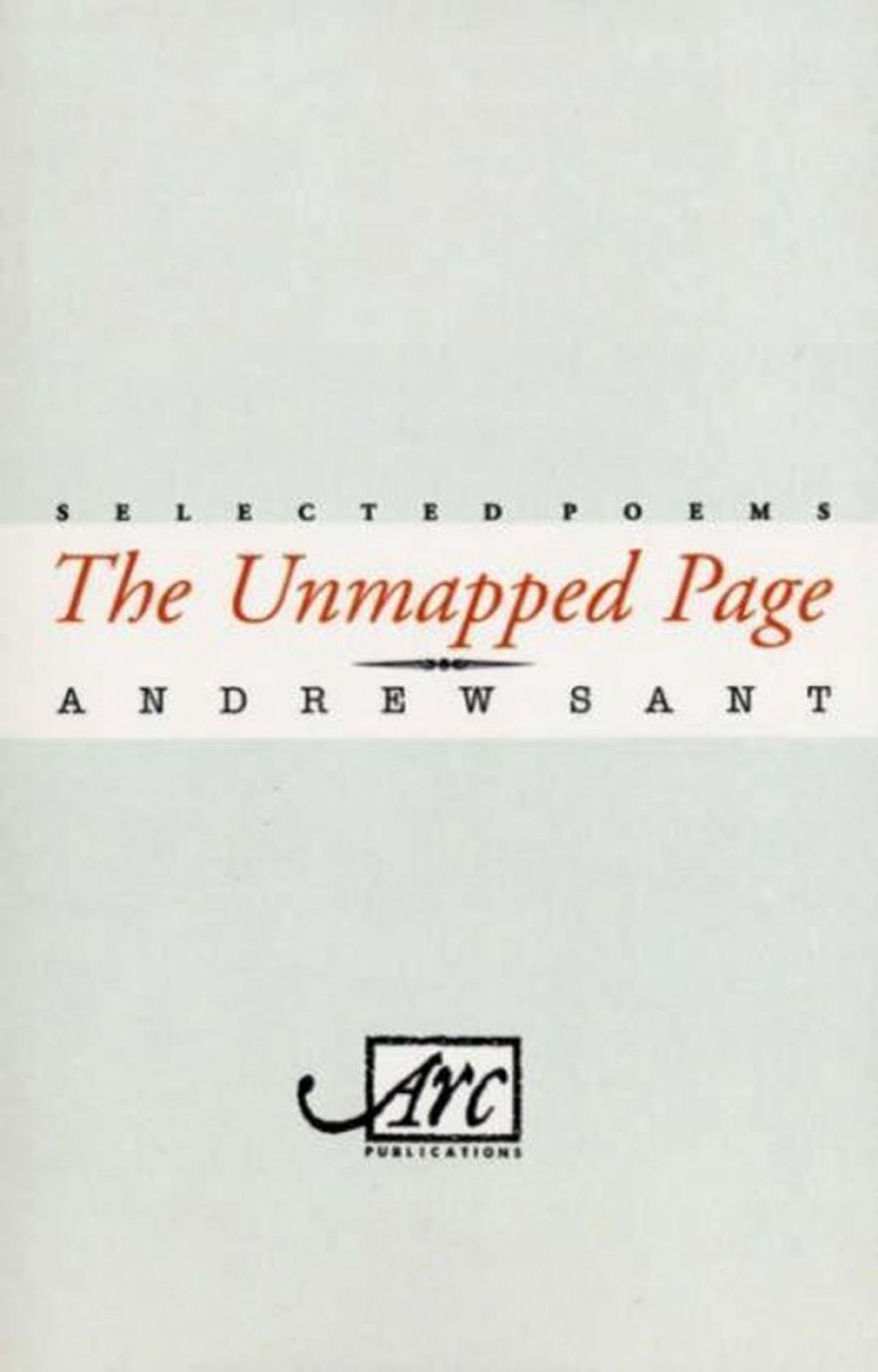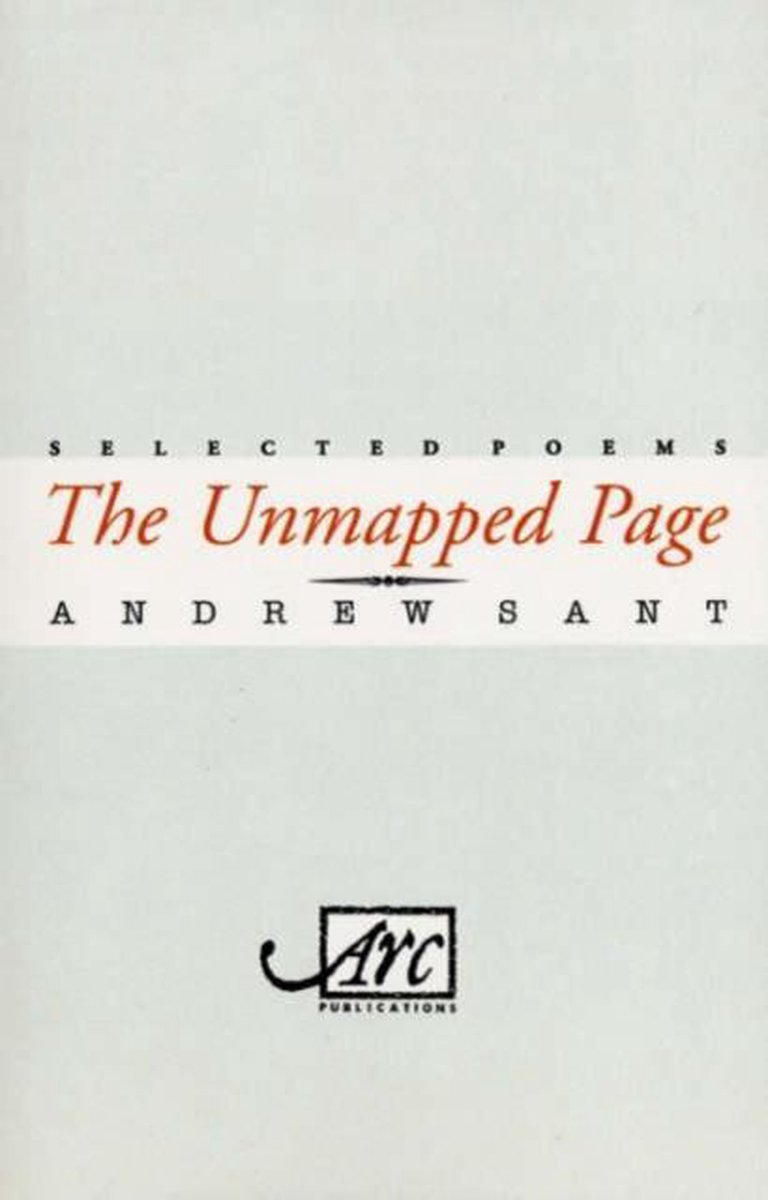
- Free Article: No
- Contents Category: Poetry
- Review Article: Yes
- Article Title: The Narrative Quest
- Online Only: No
- Custom Highlight Text:
For some reason, I have always been mildly resistant to the poetry of Andrew Sant. It is hard to know why. At its best, it is thoughtful, sensitive and intelligent. You get a sense of the poet poised with antennae aquiver for the vibrations of an invisible world. A poem from The Flower Industry (1985) describes a radio receiver ‘selecting a loose vibration from the taut air / and threading it through the wired network’ and concludes with an image of the poet travelling ‘in a car at high speed where the mind / is a curious receiver, exposed, intent / on that which is always about to be revealed’. As a poet, he is sensitive to what is often just out of sight or out of consciousness. His best book, Brushing the Dark (1989), contains a poem about the work of an early Hobart photographer but moves on, characteristically, to speculate on ‘what he missed or narrowly missed’: a man with his back to the camera, almost out of the frame. Here the camera, another black box, acts as a receiver. Another poem, also about a photograph, speaks of wanting ‘the energy behind the shimmering gleam of appearances’.
- Book 1 Title: The Unmapped Page
- Book 1 Subtitle: Selected Poems
- Book 1 Biblio: Arc Publications, £8.95ph, 103pp
- Book 1 Cover Small (400 x 600):

- Book 1 Cover (800 x 1200):

There are only four poems from Brushing the Dark in this new Selected Poems, The Unmapped Page. Two of them inhabit similar territory. ‘Cover-up’ is about the realisation that the Tasmanian cottage in which the poet lives is probably built with convict bricks, some of which will retain the thumbprint of their desperate makers, another kind of message from the otherworld. The poet decides not to expose them but to remain ‘a keen listener amongst the dumb bricks, with windows / wide-open to admit the fresh breeze, the sailraising westerlies’. ‘Out of the Wood’ imagines a tree’s rings as a kind of storage site for vibrations that can only be released by the wood-carver’s art:
Consider the huon-pine bowls and vases –
one man has entered a two-thousand-year-old
tunnel of cellulose with sharp toolsand imagined them, he jokes.
to be as perfectly preserved
as sacred artefacts in an Egyptian tomba treasure-house jammed
with nameable goods and
clearly not visible
in the panel of light
the superfast chainsaw revealed
when the huge tree unbalanced from its hinge.Now I, loving their drive
for discovery and embracing it
expectantly ...
This poem shows Sant at his best, positioning the poet and his poem, not only as a receiver of the vibrations of the world but also as an amplifier and broadcaster.
So why should I be resistant? It may be something to do with problems caused by this positioning of the poem, by its requirement that it be a sensitive recording apparatus. Perhaps a certain inertness results. There is some evidence that Sant feels this too, because his most recent collection, Russian Ink (2001), shows a desire to experiment by breaking out into a narrative, ‘Summertime: A Holiday Chronicle’, and an extensive sequence, ‘Green Man Poems’. Neither, of these, unfortunately. is very successful.
A Selected Poems is always a good opportunity to get a handle on a poet, especially one in whose work you have only been sporadically interested. Ideally, you get to read the best of the work extensively. But The Unmapped Page fails as an introduction to Sant’s poetry. To begin with, its ninety-odd pages of poetry is just too small a selection. Much good work from the first four books isn’t included. A small Selected Poems is justified if it is an act of distillation, but this book is compromised by devoting twenty-four precious pages (about a quarter of the book) to the narrative sequence ‘Summertime’.
Obviously, Sant is proud of this extended poem and it certainly shows a desire to widen the kind of poem he writes, but I am afraid its charms remain resolutely hidden to me. It tells the story (in groups of three-line stanzas dated like a diary) of a dumb husband who suspects his wife of having an affair when she is, in fact, winning a lot of money by investing on the stock exchange. Several rereadings have failed to reveal any interesting symbolic significance in the events themselves. Nothing in the texture of the poetry itself taps into the energy that Sant has asked for from the subjects of his poetry.
A better narrative sequence from the cleverly titled book Album of Domestic Exiles (1997) details the life of one of the children sent to Australia in the child migration scheme. It shows a nice eye for the drama of a sensitive soul in an alien environment and meshes in well with the book’s other poems about domestic objects. It is included in The Unmapped Page, and surely that one six-page poem would have been enough to demonstrate Sant’s narrative ambitions.
Another poem that moves out of Sant’s conventional lyric mode and is included in The Unmapped Page is ‘Anthony Sant’. The poem is a monologue delivered by the central character of Graham Greene’s first novel. Since this novel was never published, the narrative voice comes out of a delightful semi-existence, and the poem has complex and amusing things to say about textuality. More importantly, perhaps, it operates as a discrete set of seven poems viewing the possibilities from several different angles. This might be a more fruitful avenue of development than the extended narrative of ‘Summertime’.


Comments powered by CComment